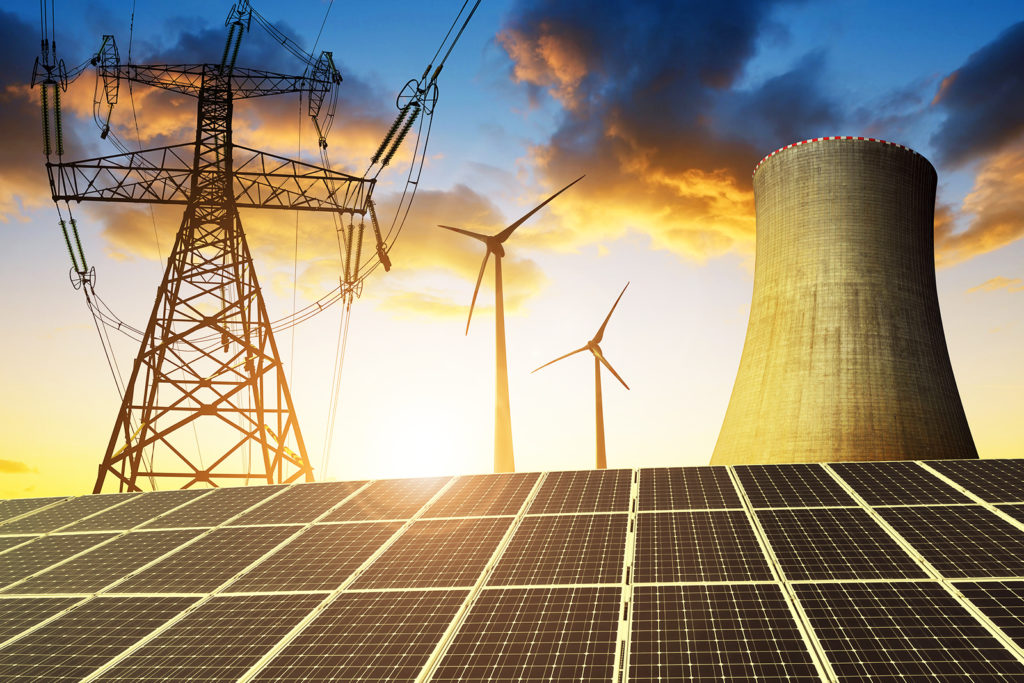The Ministry of New and Renewable Energy has proposed a draft policy for the supply of round-the-clock (RTC) power to distributors through a mix of renewable energy and electricity generated in coal-based plants.
Addressing the issues of intermittency, limited hours of supply and low capacity utilisation of transmission infrastructure, the draft policy provides for reverse bundling, wherein high-cost thermal power is being allowed to be bundled with cheaper renewable energy.
Accordingly, a power generating firm will have to supply electricity such that at least 51 per cent of the annual energy supplied corresponds to renewable energy and the balance is drawn from thermal sources.
The generator will supply RE power complemented with thermal power, in RTC manner, keeping at least 80 per cent availability on an annual basis, the draft said.
“The main objective of the scheme is to provide RTC power to the discoms through bundling of RE power with thermal power and to scale up renewable capacity additions. It will also facilitate fulfilment of renewable purchase obligation (RPO) requirement of the obligated entities,” the ministry said inviting comments from stakeholders on the new policy.
While India is committed to installing 175 GW of renewable energy (RE) sources by 2022 and 450 GW by 2030, intermittent power generated through such sources and its implication on the grid safety has been a concern. Parallelly, there is around 26 GW of stranded thermal power assets lying unutilised which can provide firm power to the grid.
To bridge the gap, the MNRE has come out with the draft RE-based round the clock (RTC) power. The scheme is unique in the world as conventional and non-conventional resources will complement each other to provide a sustainable firm power to the grid.
APP says the scheme will help with utilisation of thermal power capacity, especially since the new super critical coal-based thermal power plants have quite a high ramp rate which can be effectively utilised to provide combined renewable energy blended RTC power. The policy states that the RE power may include solar, wind, small hydro, or a combination thereof, with or without any Energy Storage System (ESS).

Concerns:
- The tariff of the bundled electricity is higher than the average of renewable energy and coal power. Because, renewable energy can supplied for 6 to 8 hours.
- Coal fired plants are postponing the deadlines to follow the emission controlling systems.
- Coal fired plants capacity utilization has falling year on year.
- Combining renewable energy with coal power counters India’s climate objectives.
- Poor Financial health of Discom’s for procuring the power.
- Currently, Electricity from renewable energy constitutes about 10 percent of the total energy generation of the country.
- According to the International Energy Agency, By 2024, India’s coal demand is expected to grow more than any other country in absolute terms.
